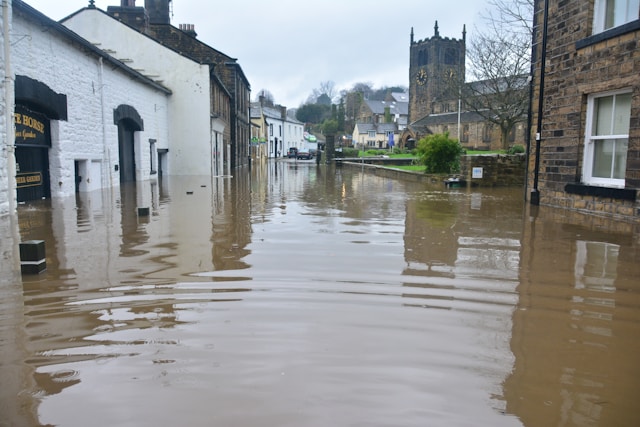From Flood to Fix: Emergency Mold Remediation and Water Damage Response in Long Island
May 26, 2025
When your Long Island home is hit by a flood or significant water damage, mold can begin to grow within 24 to 48 hours, posing serious structural and health risks. It’s crucial to identify and stop the moisture source immediately, improve ventilation, and isolate affected areas to prevent mold spread. Remove standing water and damaged materials, and use dehumidifiers to lower humidity. Professional mold removal services will conduct an initial inspection, contain the mold, use HEPA vacuums for air filtration, and abate mold colonies. Insurance coverage may apply if documented properly. Acting quickly and understanding these protocols can help you navigate from flood to fix efficiently and safely.  Why Water Damage and Mold Go Hand in HandWater damage creates the perfect breeding ground for mold. Moisture from leaks, flooding, or humidity compromises building materials and allows mold to thrive. It often appears as dark discolorations—black, gray, green, or even blue—on walls, ceilings, and floors. These spots may feel fuzzy, slimy, or powdery depending on the species and severity. Given how quickly mold spreads, emergency mold removal in Long Island is critical. Immediate action involving moisture detection, drying, and containment can minimize health hazards and structural decay. How Fast Mold Can Grow After a Flood or LeakMold can start growing within 24 to 48 hours following water damage. The speed depends on:
Early signs may not be visible, but microscopic spores activate almost immediately. Within days, hyphae form and colonies expand. Quick response is essential to limit spread and health risks. The Importance of Immediate Mold AssessmentActing fast with an initial mold assessment is key. A licensed mold professional will:
This early evaluation helps prevent long-term exposure and property damage while ensuring safe, effective remediation. What Emergency Mold Remediation Looks LikeEmergency mold remediation follows a structured process:
This full-cycle approach ensures complete mold elimination and safe reentry. Services Offered by Long Island Mold Removal in Crisis SituationsWhen time is critical, Long Island Mold Removal provides rapid-response services to mitigate mold-related emergencies:
Their experience and local knowledge ensure efficient, code-compliant solutions in high-risk flood zones. How to Minimize Damage Before Help ArrivesUntil professionals arrive, you can take these critical steps:
Acting swiftly reduces contamination and helps professionals begin remediation without delay. The Role of Insurance in Water and Mold ClaimsNavigating insurance after water damage can be tricky. Here’s what to know:
Speak with your agent and review your policy to avoid surprises when filing a claim. Rebuilding Right: Preventing Mold After RestorationOnce the mold is gone, rebuilding correctly prevents repeat issues:
By rebuilding smarter, you reduce the risk of future mold growth and protect your property long-term. |
|